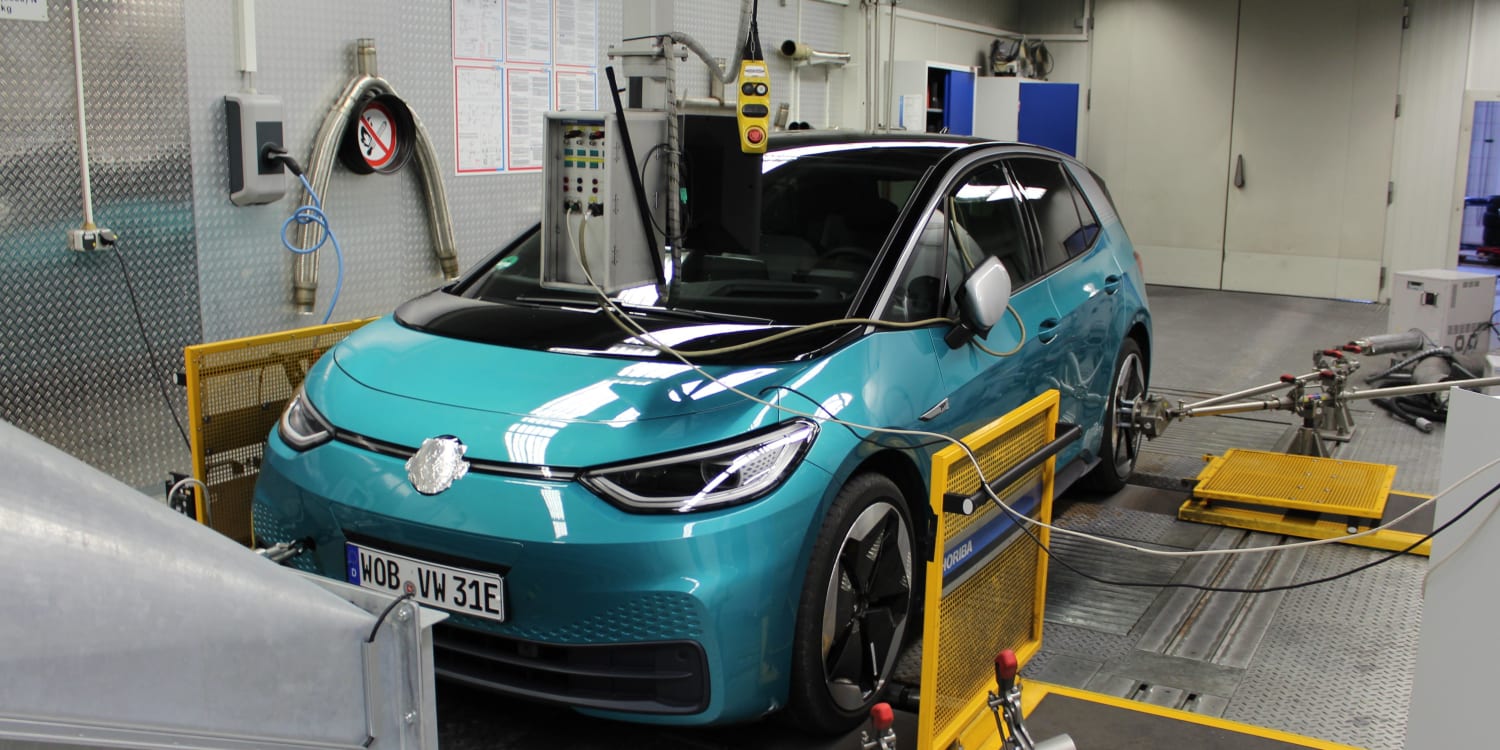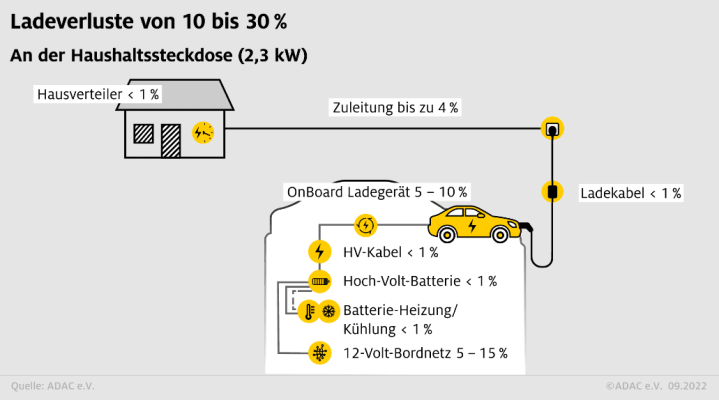ADAC's data is aimed at cost to the owner, so total mains AC kWh consumed for a charge (what you are actually paying your energy supplier for). The figures I've seen relate to domestic wall boxes and 'granny cables' where you can easily measure the kWh taken from the mains supply. Not sure how it would work with commercial fast chargers ... presumably they report the kWh they output and total cost (free chargers excepted of course

). Unless the charger calculates and reports its own internal losses you'd have no way of knowing what it consumed in converting to DC - I assume that would just be factored in to the pence per output kWh rate you pay. Losses in the charge cable (potentially quite significant at high currents) couldn't be identified unless you reconciled what the charger output against what the car received. Losses from the input socket on the car onwards
could be tracked and reported by the car's systems, but I don't know whether this is done or not. Apart from the extra complexity involved it presumably wouldn't really be in the car maker's interests to highlight the internal charging losses that occur.


